Six Reasons To Use Native Plants in Your Next Landscaping Project
Did you know that utilizing native plants in your next landscaping project is not only great for the environment but can also make lawn maintenance easier?
We know that low-maintenance solutions are a priority as a homeowner. When it comes to your landscaping, Weller Brothers has you covered on the best ways to make a big impact on your property while only making a small impact on the earth.
Let’s learn why you should choose native plants when spring makes its eagerly awaited arrival back to the midwestern states!
One thing to keep in mind is that different geographic areas have different types of native plants. Finding a local nursery that can serve as a great asset to ensure that your selection of native plants is native to your area!
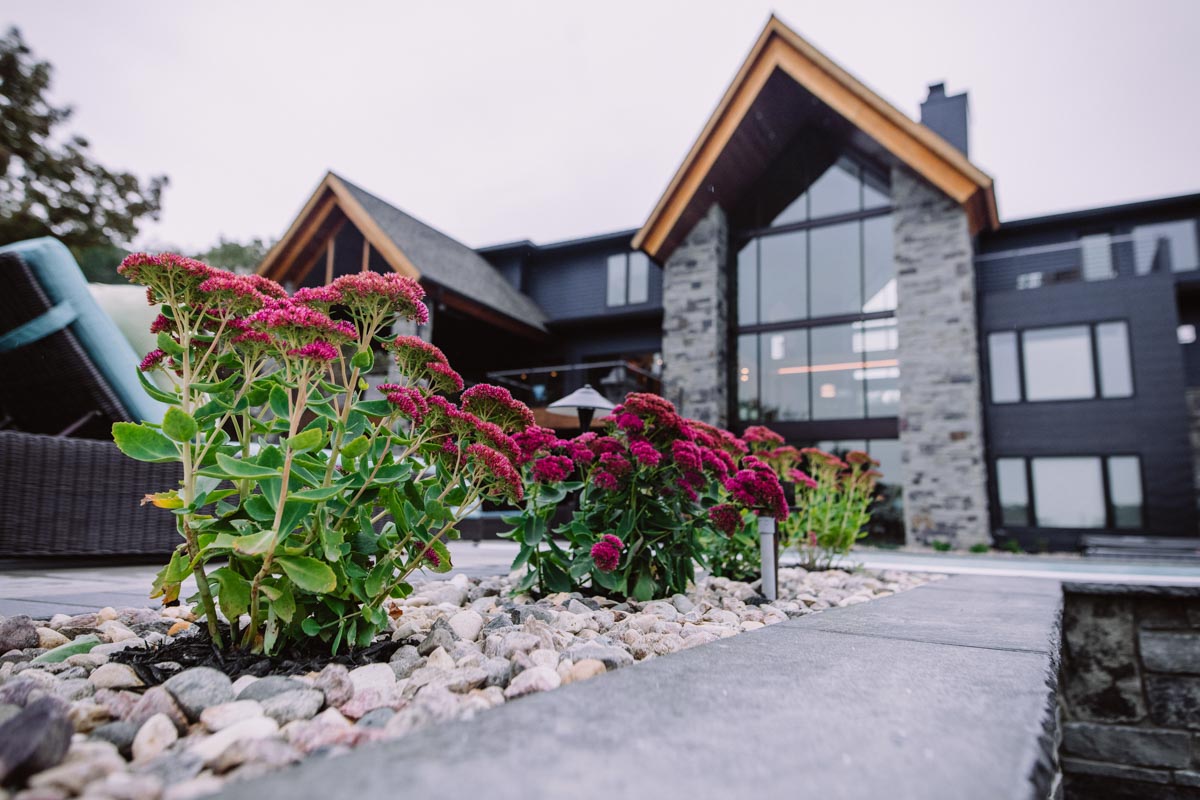
Environmental and Pocketbook Friendly
Native plants are low maintenance because they are naturally well suited for the local environment. By choosing native species for your landscaping, you can significantly cut down the time and money you spend on multiple different aspects of maintenance.
Native plants offer a wide variety of benefits to connect us with our environment. Below are six reasons from the professionals:
1. No Fertilizer or Pesticides Needed
Native plants have adapted to their ecosystem’s soil. No matter if your soil is poor or extremely fertile, they can survive off of the soil’s available nutrients, as well as defend against the area’s insects, diseases and fungi. Not only does this save you time and cash, but it is also great for the environment.
2. Irrigation
Though our planet may be full of water, the availability of clean and safe drinking water is shrinking. Water that is used to irrigate your lawn, garden, or flower bed is valuable and can quickly add up costs in the heat of summer. Native plants generally require less water than non-native plants due to their adaptation.
3. Annual Bloom
Gone are the days of having to head to your local nursery each spring to purchase plants for your yard! Due to the adaptability of native plants, they will resurface each spring as if you just planted them, saving you the hassle of having to repurchase, cage, tear out, and replant each year.
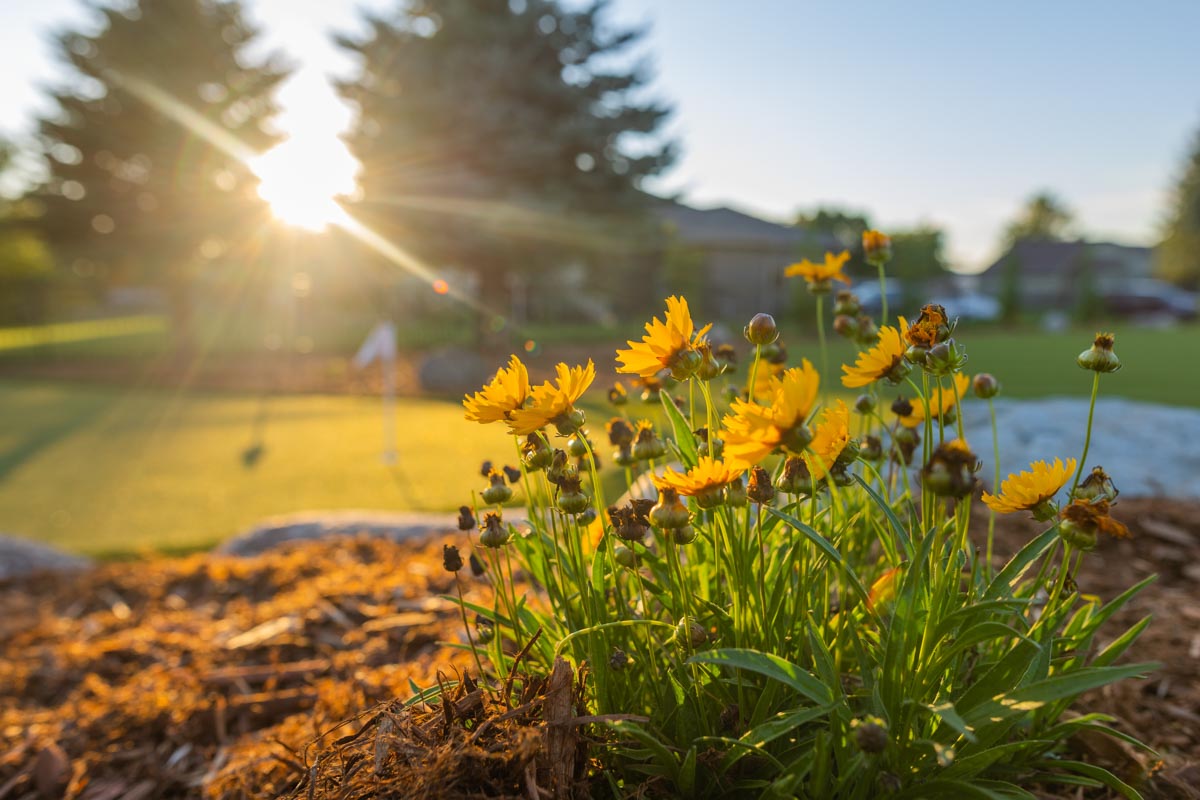
4. Water Runoff
When rain falls, it must go somewhere. The soil will soak up some of the water and replenish the groundwater. However, most water flows into a storm drain as runoff, which is often polluted by several different types of chemicals. By adding native plants, you can help minimize the effects of this runoff as their deep roots help filter stormwater before it makes its way to a waterway.
5. Erosion Prevention
Erosion — it is a real pain! It begins to change the shape of your yard’s slopes and landscape beds and can even change water flow. The extremely deep roots from native plants can help stabilize and anchor the soil to avoid further erosion.
6. Fostering Habitats and Biodiversity
Biodiversity is the wide variety of life on Earth; from humans to tiny organisms, biodiversity is the interconnection between all living things. When you grow native plants you’re preserving the natural connections and habitats between organisms in your yard. Homegrown National Park is a nationwide call to action to regenerate biodiversity in the ecosystem. This allows for a unique habitat to be built for discovery and learning from children of all ages in the outdoors.
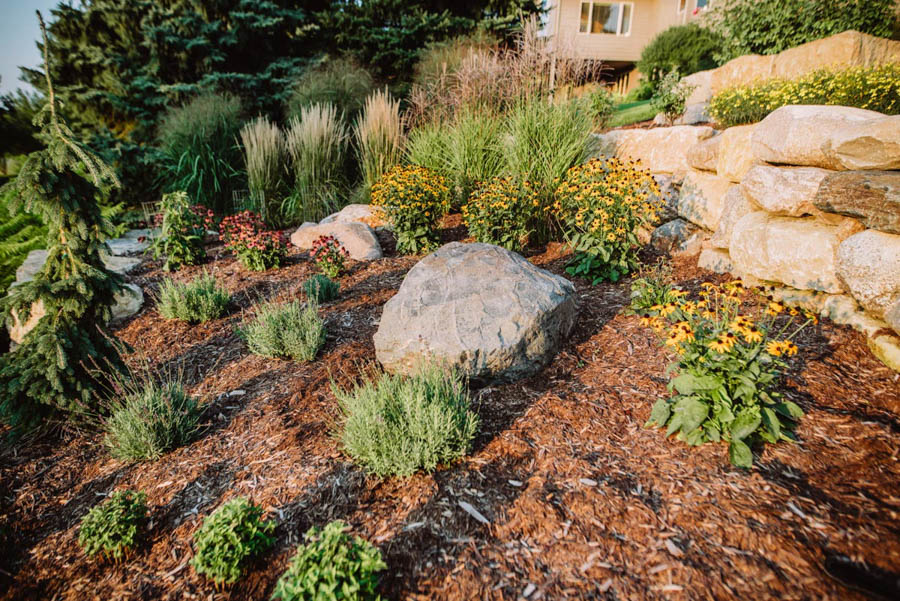
What Native Plants to Include in the Midwest Region
Since you are now convinced to create your very own habitat from native plants, sourcing and selecting the perfect plants comes next! Prairie Moon Nursery is an advocate for prairie restoration and is a resource for authentic native plants.
Here are some of Weller Brothers favorite native plants that will not only thrive here in the Midwest, but add the fundamental elements needed to bring your landscape project to life.
- Oak Trees’ (Quercus) ecological benefits number as high as their lifespan. Their mighty crown of branches provides not only an oasis of shade but also an abundant food source for native animals. The expansive root system also makes it an ideal choice for soil conservation, preventing erosion in natural or manmade terrain.
- Yarrow (Achillea) is a unique plant sure to add color and texture to your landscape. This deer and rabbit-resistant plant can grow in some pretty unfavorable conditions but will give you long-lasting blooms that seem to float above the stems like lazy clouds ranging from red to pink to yellow. Yarrow is also a perfect addition to any fresh bouquet or to cut and dry.
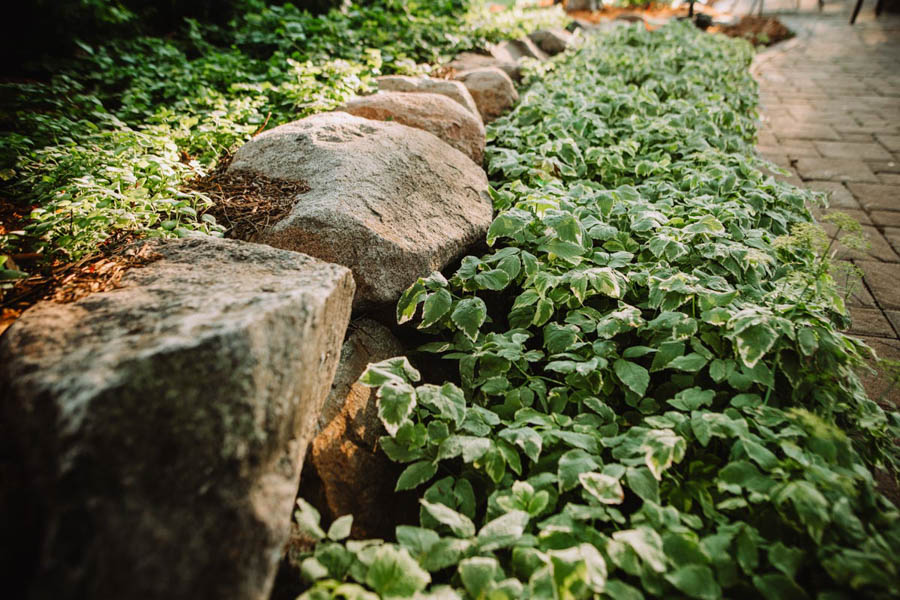
- Penstemon or Beardtongues are another native flower that come in a vibrant array of colors. These blooms provide a bountiful buffet of nectar to our favorite winged pollinators — hummingbirds and bees. As well as being an important player in promoting diversity, Penstemon is pest and drought-resistant.
- Grasses such as Little BlueStem (Schizachyrium) provide not only year-round interest to your landscape, but year-round safety to one of our most important gardeners. This grass is often chosen by the female bumblebee as her shelter for the long winter. The seed of this grass also attracts many varieties of songbirds, a welcome sign of life on our long and dismal winter days.
- Potentilla is a prolific blooming shrub that can add a pop of color to any landscape. Besides the benefit of beauty, the root system is fibrous and wide-spanning — acting as a perfect natural netting to prevent erosion.
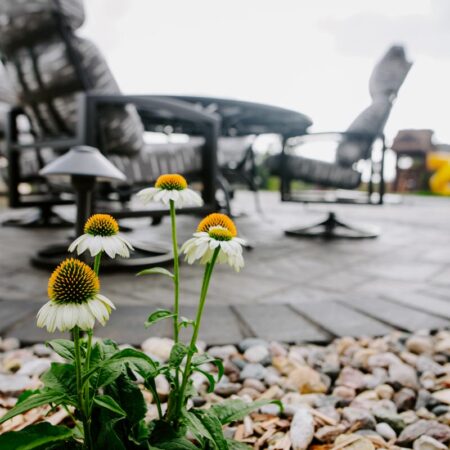
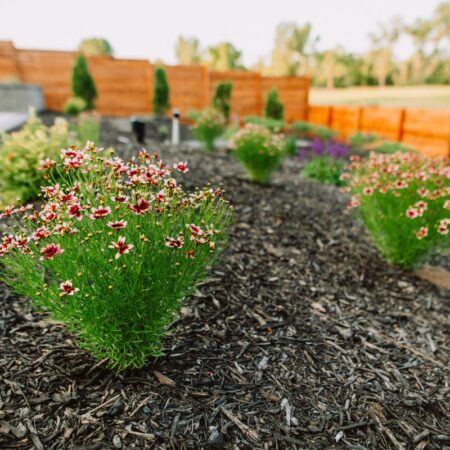
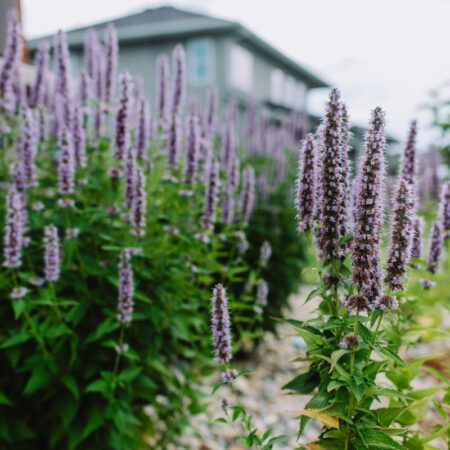
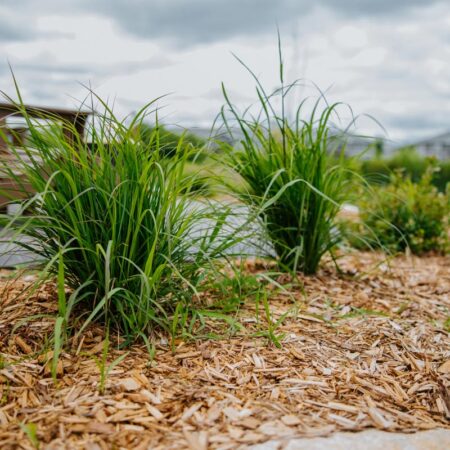
Contact Us To Have the Professionals Design Your Native Plant Sanctuary
Take the guesswork out of creating an all-encompassing native landscape project and let the professionals at Weller Brothers in Sioux Falls, SD, Rochester, MN, and Des Moines, IA, handle your project.
Our experienced Landscape Design team will ensure your native landscape project comes to life. Contact us here to request landscape design services.
